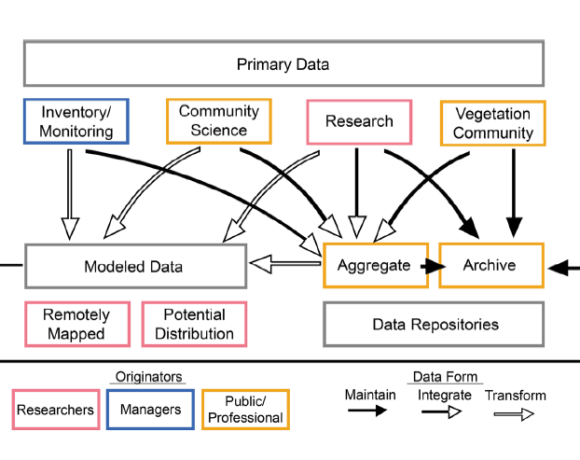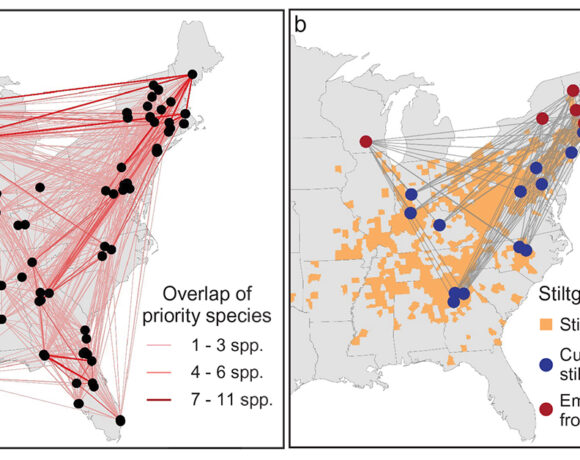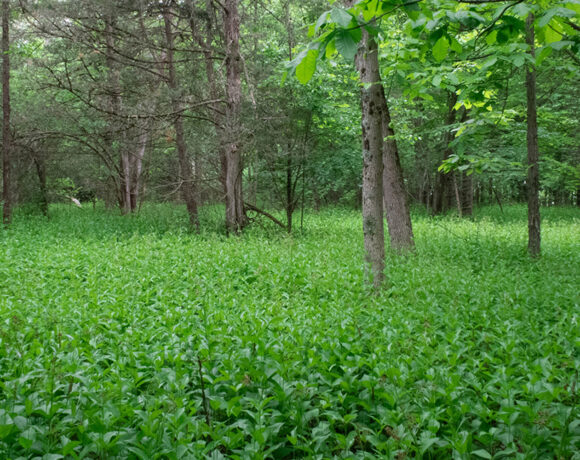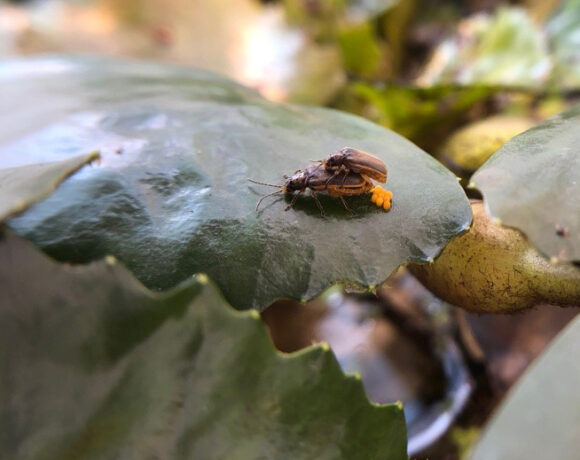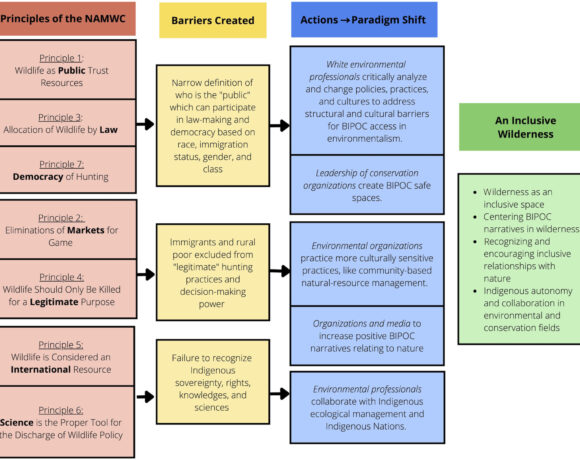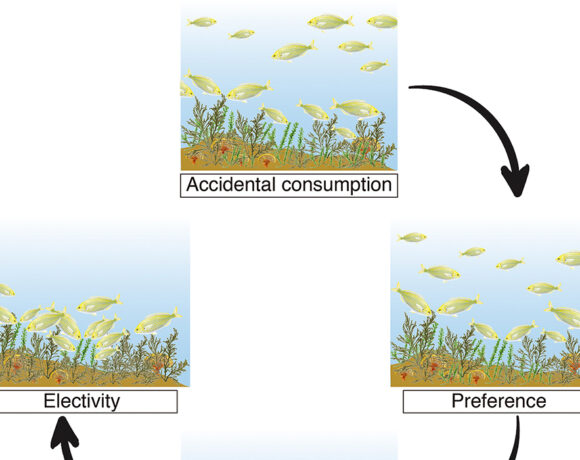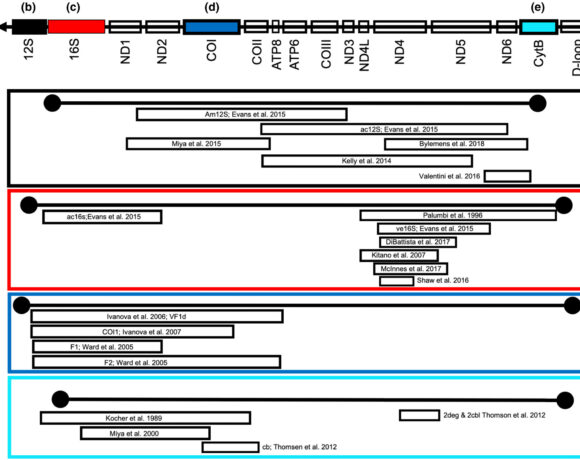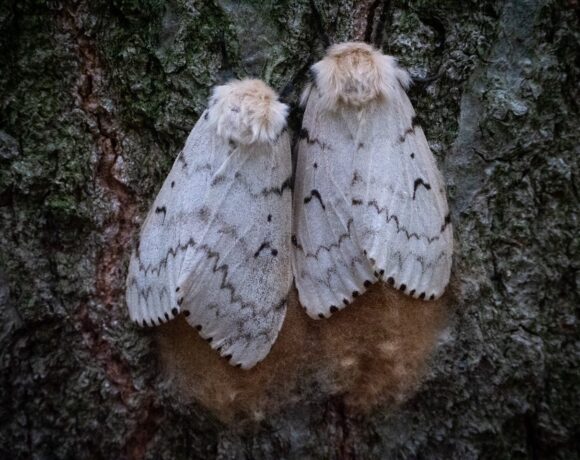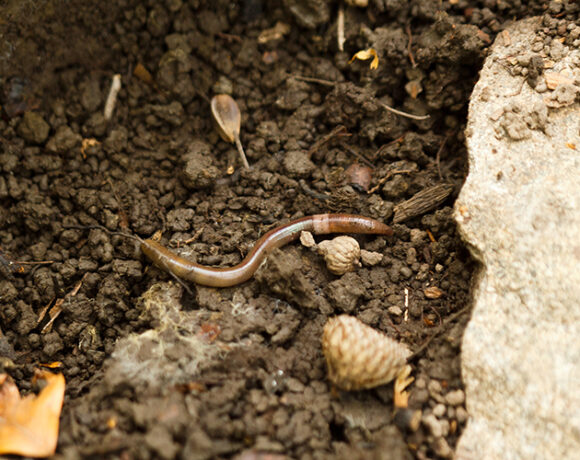Embracing Change in Policy with a Changing Climate
Bradley, B.A., Beaury, E.M., Fusco, E.J. and Lopez, B.E., 2023. Invasive Species Policy Must Embrace a Changing Climate. BioScience, 73(2), pp.124-133. https://doi.org/10.1093/biosci/biac097
Summary adapted from the Northeast RISCC Management Network (https://www.risccnetwork.org/bradley2023)
Summary
NYISRI is a co-founder of the Northeast Regional Invasive Species and Climate Change (RISCC) Management Network, where we work to strengthen collaborative networks and reduce the impacts of invasions and climate change. Treating invasions and climate change as separate entities is a missed opportunity to pool resources and think proactively about invasions in a changing climate. In a new RISCC publication, Bradley et al. (2023) lay out ideas for better integration of invasive species and climate change policies and practices. They synthesize what we’ve learned from available science, management practice, and from the Northeast RISCC network. First, proactively dealing with invasive species can increase carbon storage (e.g., Quirion et al. 2021) and reduce overall negative impacts to ecosystems (e.g., Lopez et al. 2022). Prioritizing early detection and rapid response is a climate-smart policy. Second, there are many ways to build climate change awareness into invasive species policy and management. They include actively building networks across borders and exchanging information about what’s changing, engaging in regular horizon scans to evaluate future risks, and including range-shifting species in state/provincial regulations of prohibited species. Third, the public plays a huge role in successfully mitigating climate and invasion impacts. Horticulture is the perfect example – the more we incentivize native plant alternatives to invasives and the benefits of planting native, the more opportunities we have to reduce invasions and expand the ranges of climate-smart native and neonative species. This comprehensive publication amplifies the need to integrate invasive species and climate change into policies through supporting science.
Key take-aways:
- Proactive regulation of ornamental plants that are invasive in warmer climates can prevent invasions before they start
- Restoration following invasive species treatment must start to consider sourcing seeds and plants from warmer climates
- The public is part of the solution and should continue to promote native plants, thus reducing risk of introducing novel, warm-adapted invasive plants and insects that often hitchhike on imported plants
Management Implications:
- Create ways to regularly talk to neighbors to your south to learn how management practices need to adapt to climate change and which range-shifting species to watch for
- Build horizon scanning for range-shifting invasives, problem neonatives, and potential sleeper species into regular practice



